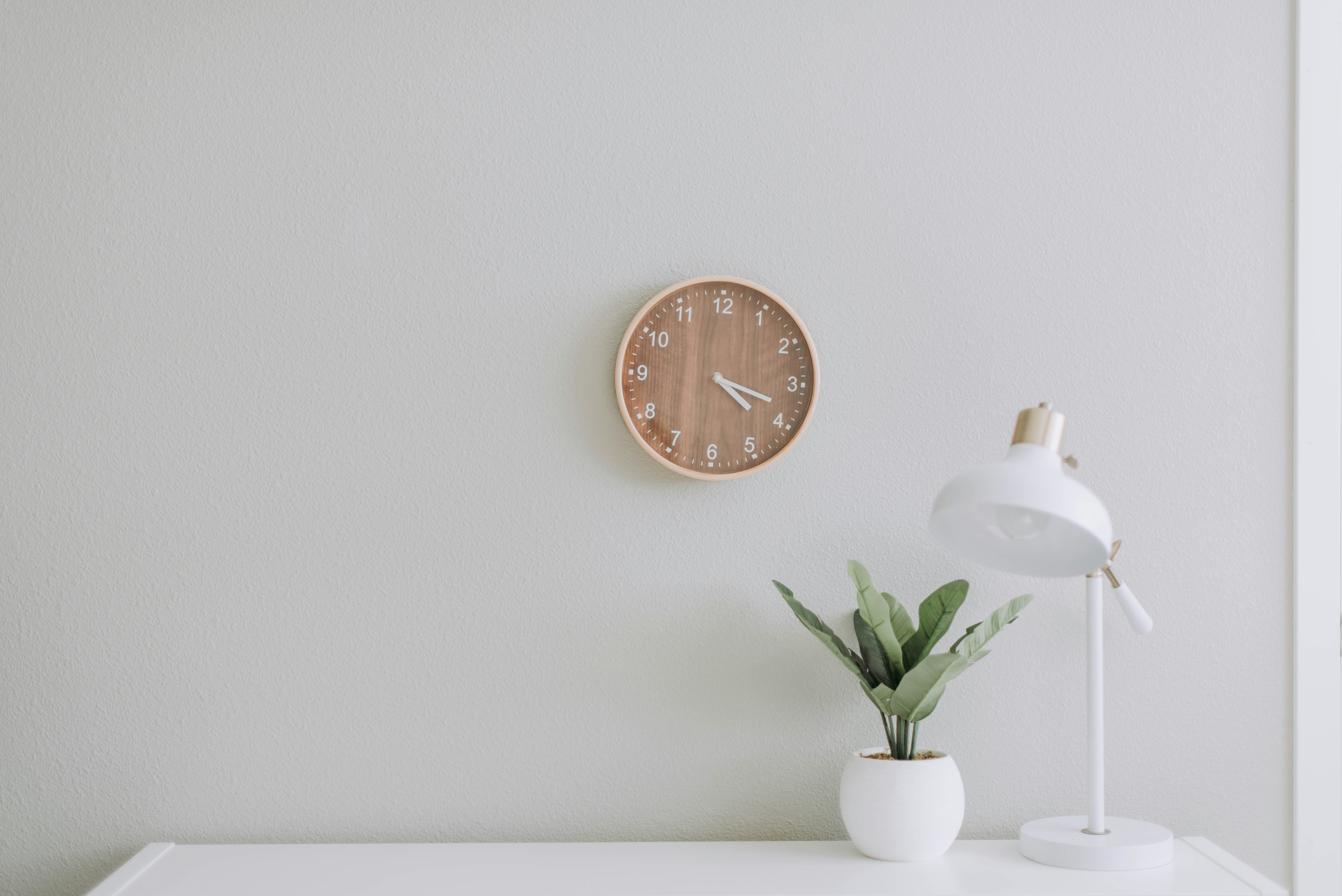The Role of UX Design in Healthcare
Kenjoo Manson
Tuesday, May 14, 2024
User Experience (UX) design has become a vital component in the healthcare industry, enhancing patient engagement and improving the quality of care. This article delves into the importance of UX design in healthcare applications and systems, highlighting key areas where it makes a significant impact.
Electronic Health Records (EHR) Systems
In healthcare, UX design is crucial in creating intuitive and accessible interfaces for both patients and healthcare providers. Effective UX design can lead to better patient outcomes by simplifying the process of accessing information and managing health records. One primary area where UX design is making a difference is in electronic health records (EHR) systems. Poorly designed EHRs can lead to frustration among healthcare professionals and errors in patient care. By focusing on user-friendly interfaces and streamlined workflows, UX designers can help reduce these issues, improving efficiency and accuracy in healthcare delivery.
Telemedicine Platforms
Telemedicine platforms are another area benefiting from enhanced UX design. As remote consultations become more common, it is essential to provide a seamless experience for patients, many of whom may not be tech-savvy. Simplified navigation, clear instructions, and responsive support are critical components that UX designers must consider. Effective telemedicine platforms should also integrate features like easy appointment scheduling, secure messaging, and clear video interfaces to ensure a smooth experience for both patients and healthcare providers.
Mobile Health Apps
Moreover, mobile health apps that track fitness, medication adherence, and chronic disease management rely heavily on UX design to engage users. Features like personalized reminders, easy data entry, and visually appealing dashboards can motivate users to maintain healthy behaviors. These apps must also prioritize data security and privacy, ensuring that users feel safe and confident in managing their health information digitally.
Challenges and Opportunities
Despite the clear benefits, designing for healthcare comes with unique challenges. Regulatory requirements, diverse user needs, and the critical nature of health-related interactions demand rigorous testing and validation. However, the opportunities for improving patient care and health outcomes make the investment in UX design worthwhile. As technology continues to evolve, the need for thoughtful, patient-centric design will only grow.
In conclusion, UX design in healthcare not only improves the user experience but also plays a significant role in enhancing patient safety and care quality. By prioritizing user needs and continuously refining their approaches, designers can contribute to a more effective and compassionate healthcare system.


